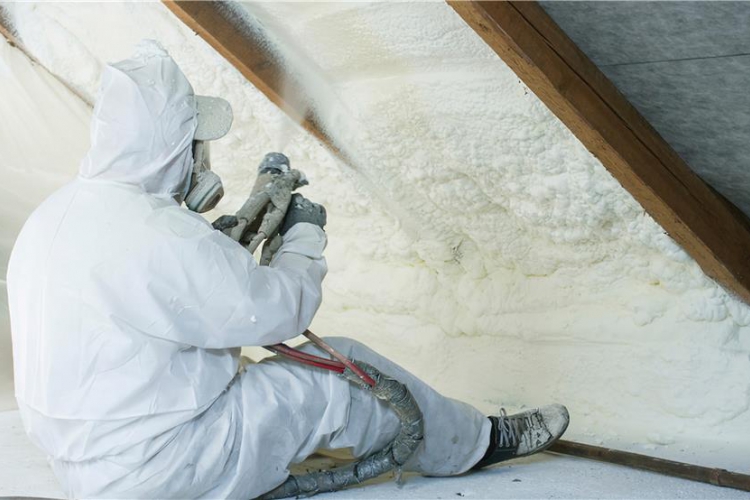Isocyanates

Amines are an important class of monomers that readily react with compounds containing active hydrogen atoms such as alcohols, water, and carboxylic acids. They can also be homo-polymerized to polyisocyanates (N-substituted 1-nylons).
The most important class of isocyanate polymers are polyurethanes, which are formed by the reaction of a diisocyanate with a polyol, leading to urethane linkages (-NH-C(=O)-O-) in the polymer backbone.
Depending on the nature and functionality of the polyol and polyisocyanate, polyurethanes are either soft elastomeric materials or hard and tough plastics.
The most important commercial isocyanates are diphenylmethane diisocyanate (MDI), toluenediisocyanate (TDI), hexamethylene diisocyanate (HDI) and their polymeric forms. MDI and TDI are cheaper and more reactive than aliphatic isocyanates (HDI), while aliphatic isocyanates yield polymers that are more UV-stable (not changing color) and less susceptible to oxidation and degradation.
usage areas
Isocyanates are a family of highly reactive, low molecular weight chemicals. They are widely used in the production of flexible and rigid foams, fibers, coatings such as paints and varnishes, and elastomers. They are also increasingly used in the automobile industry, auto body repair and building insulation materials. Sprayed polyurethane products containing isocyanate have been developed for a wide variety of retail, commercial and industrial uses to protect cement, wood, fiberglass, steel and aluminum, including protective coatings for truck bodies, trailers, boats, foundations and decks.
